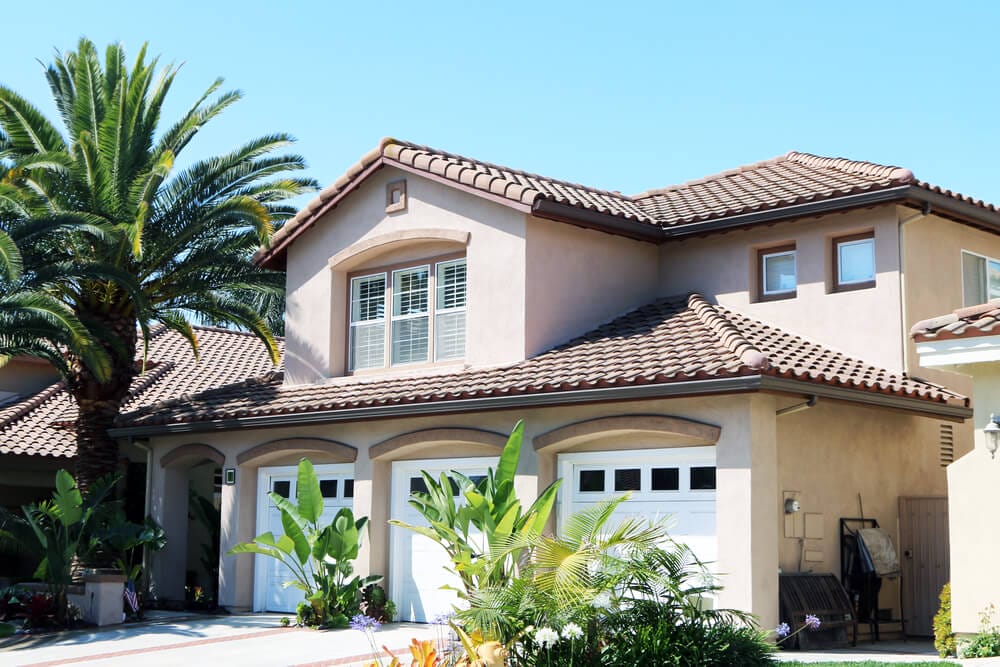What is a Non-Qualified Mortgage (Non-QM) and how does it help Southern California homeowners?
First, a brief history on what makes a mortgage loan product a “QM”, or “Qualified Mortgage.”
The Consumer Financial Protection Bureau (CFPB) is an independent agency of the government that was created by the Dodd-Frank Wall Street Reform Act of 2010. The CFPB basically has the authority to create guidelines for those mortgages that have originated in the primary mortgage market and subsequently bought by Fannie Mae and Freddie Mac. As such, a mortgage that falls within CFPB’s established Fannie Mae and Freddie Mac guidelines is referred to as a “qualified mortgage”.
Alternatively, a Non-QM loan is defined as any loan that falls outside of CFPB’s guidelines because it’s deemed to be “risky.” This definition includes loans that are above the county high balance loan limit, reduced income documentation loans, stated-income loans, as well as loans to borrowers that currently have over ten financed properties.
In addition to CFPB rules, another legislation that arrived from Dodd- Frank is the Volcker Rule, which, among other things, places restrictions on banks from receiving FDIC funds if it participates in any “speculative investments.”
What does this mean? It means that the big banks are out of the Non-QM home loan business, as it carries too much risk for the institution.
So why do we need Non-QM Loans? We need these loans because we live in Southern California. Our home prices are generally much higher that the rest of the country, and we have many well qualified self-employed borrowers that, despite being able to document income, are being unfairly prevented from purchasing a home based on QM underwriting guidelines.
We’re pleased to offer both QM and Non-QM loans. Contact us for more information on home loans for the self-employed, including stated income, business bank statements, asset depletion, pledged assets, and many more.


